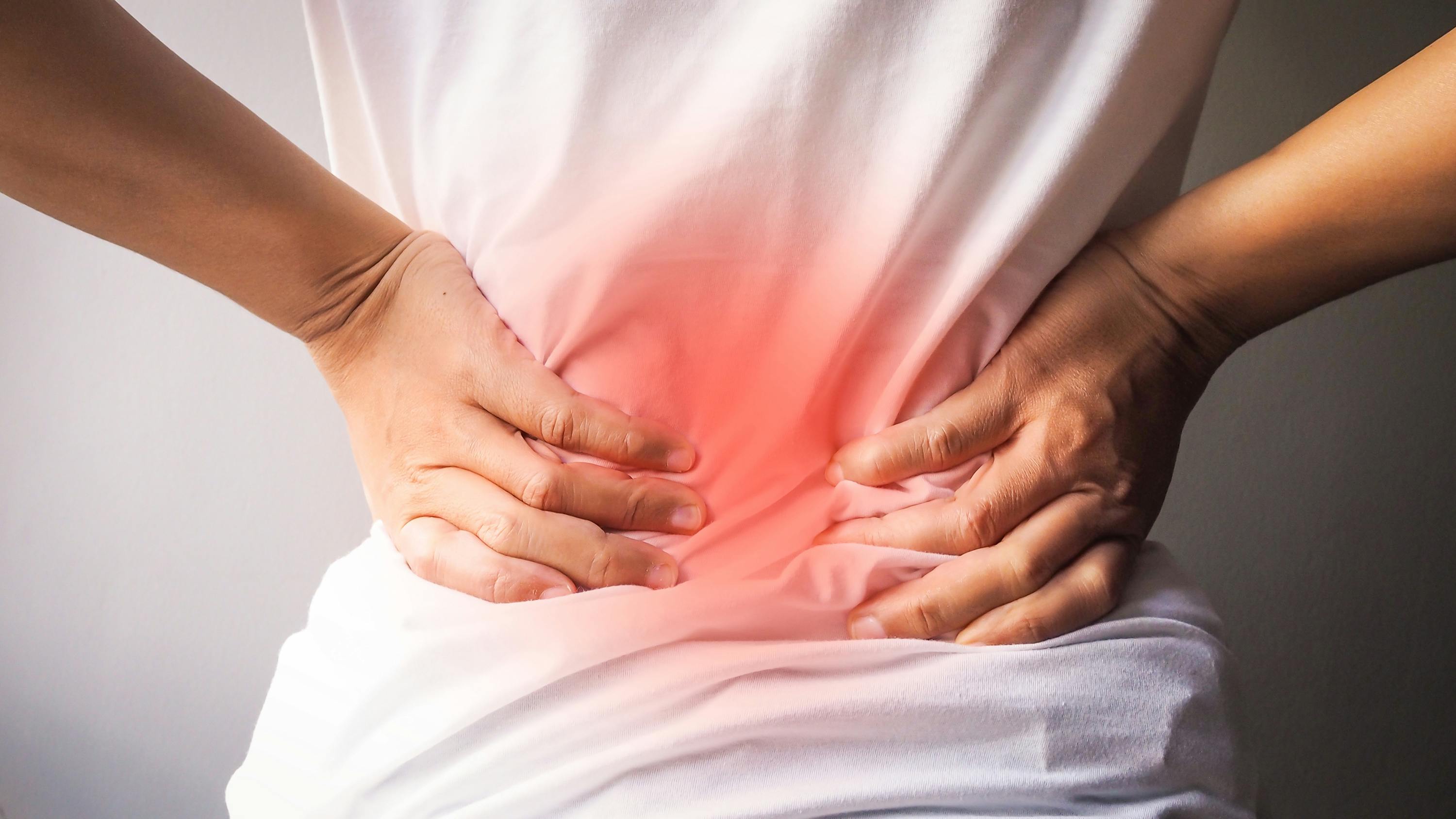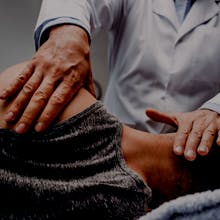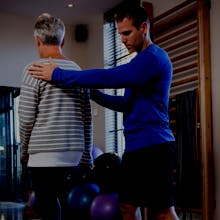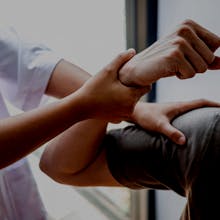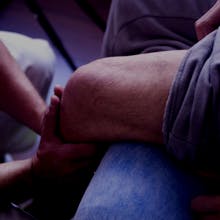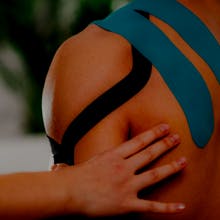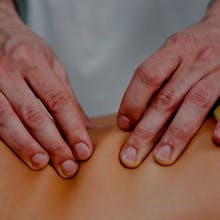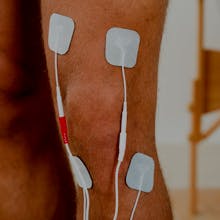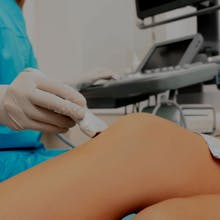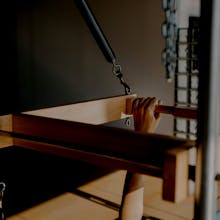-
Coronavirus Update
COVID-19 and Your Safety
- Our office is open and accepting appointments to provide essential care to patients. Our clinic is in complete compliance with current CDC protocols.
- We are screening all patients for possible exposure to COVID-19.
- Special attention and precautions are given to those over age 65 and those with other conditions that may put them at higher risk.
- Our staff and patients are wearing masks, gloves when appropriate and washing hands frequently.
- Commonly accessed areas are cleaned and sanitized frequently.
- Free phone consultations are available to all patients and those individuals who may call in with questions.
- Please let us know how we may be of service to you.
- Pay Bill


